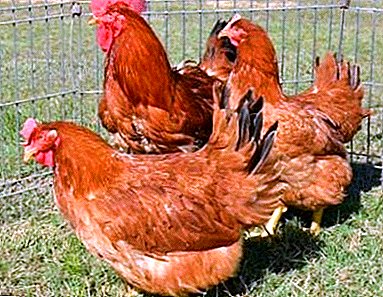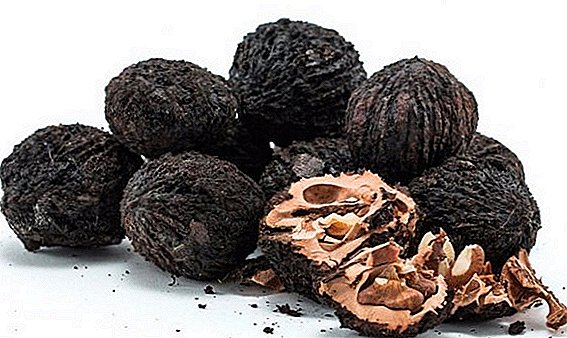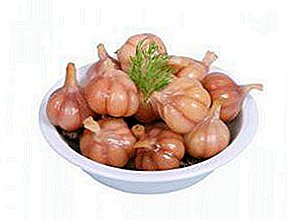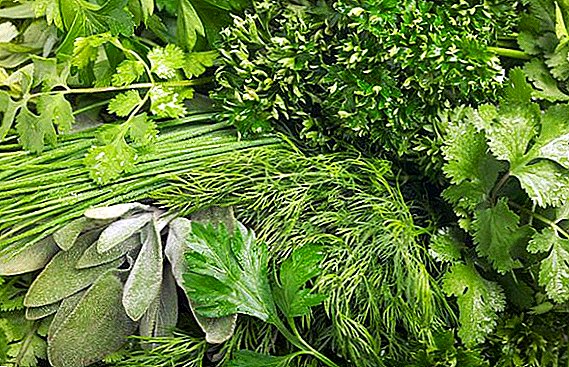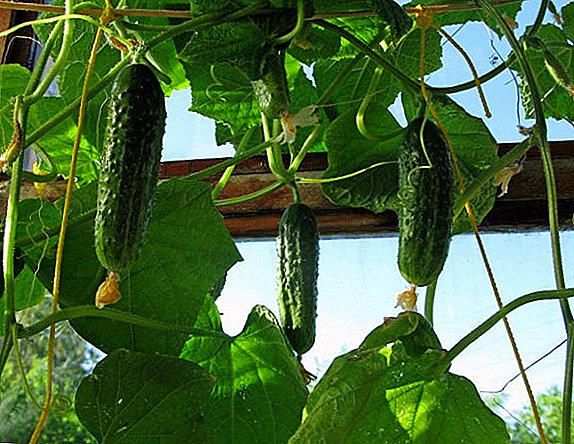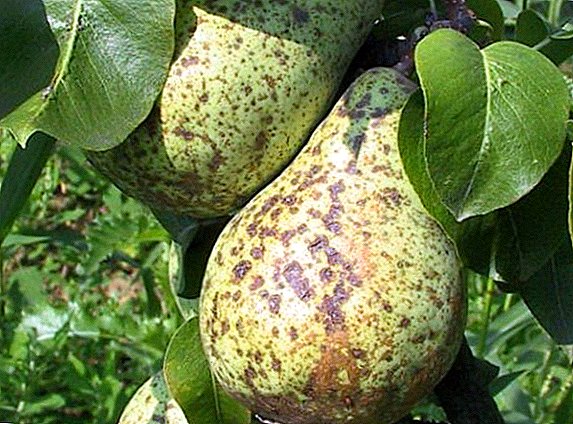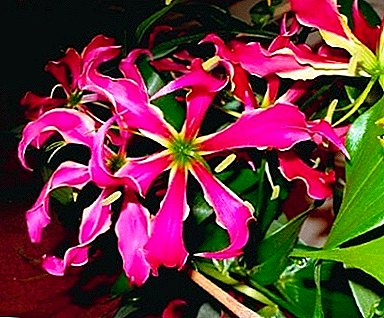
Gloriosa is an evergreen perennial. During the growing season resets the aboveground part.
Propagated by dividing the tubers and seeds. Loves systematic watering and feeding.
Very poisonous! We do not recommend for cultivation in rooms where there are small children and pets.
Homeland plants
"Gloriosa" - is climbing grass evergreens. Latin name: Gloriosa. The name comes from the word "gloriosus", translated from Latin meaning "glorious". That is how professional growers describe the elegance of this magnificent flower.
For its beauty, the plant is sometimes called a flaming lily. This representative of the flora belongs to the family Colchicaceae. It is a perennial and has a tuber geofity.
In winter, the emerald tip dies off. After a period of rest, when nature begins to wake up - the plant resumes its life cycle. From the sleeping buds in the upper part of the flower the apical tuber grows.
There are only 10 subspecies of flowering plants "Gloriosa". Only one subspecies is grown on the territory of the Russian Federation - Superba. In the wild grows in the tropics. Homeland considers Asia and South Africa. The most popular subspecies: Carsonii, Lutea, Greenii, Modesta, Flavovirens, Simplex.
Important! Tubers plants are very poisonous. Cooking food from them and eating raw is strictly prohibited! It is necessary to ensure that young children and pets do not have access to Gloriosa.
General description of the flower
 The stems of Gloriosa are straight, have elongated internodes. Branches are very weak. Emerald branches, in the form of cylinders. In length reach more than 2 meters.
The stems of Gloriosa are straight, have elongated internodes. Branches are very weak. Emerald branches, in the form of cylinders. In length reach more than 2 meters.
Before flowering in the upper part, they begin to branch actively. Depending on the subspecies, whorled or opposite leaflets. Have an oval or lanceolate form. In length reach 9-14 cm, in width - 1-3 cm.
At the tips are elongated antennae. Thanks to these devices, the Gloriosa clings to closely-spaced trees, bushes, or other supports and is pulled toward the sun.
The most common way of growing this representative of the flora is to fix elegant branches with the help of a frame. You can use a lattice base in the form of cylinders, arches, wires. Grows "Gloriosa" as an ampelnaya plant.
A photo
The photo below shows the Gloriosa flower grown at home:





Home care
Pruning
Mandatory pruning plant does not require. Systematic formation of bushiness does not increase. Experienced growers do not recommend touching the plant after a new life cycle. Pruning will delay active growth and flowering period.
Important! It is strictly forbidden to form shoots, as the buds are located at their ends.
Landing
 The tuber of the plant is smooth, graceful, cylindrical. The length reaches 25-35 cm. In width is equal to no more than 2.5 cm.
The tuber of the plant is smooth, graceful, cylindrical. The length reaches 25-35 cm. In width is equal to no more than 2.5 cm.
The surface is a snow-white amber tint with a thin brown skin. Even with minor damage to the skin easily peels off and injures the plant.
Therefore, when transporting a flower, precise and accurate actions are necessary. The bud renewal is located at the end of one of the tubers.
During the growing season, the entire root system of the plant is actively developing around the bud. In the soil the tubers are arranged horizontally. Sometimes they are divided into two parts. The shape of the tubers takes a V-shaped arrangement.
Useful video about landing "Gloriosa":
Transfer
Tubers are planted strictly in a horizontal position. Planting depth should be no more than 4 cm. It is necessary to take into account the fact that the shoots will grow from the buds located at the end of the tuber.
Therefore, for active proper growth should leave space. It is forbidden to replant the plant in small containers in which the root system will be pressed against the edges.
This video details the flowering of the Gloriosa plant:
Temperature
 In summer, the flower perfectly tolerates the temperature of the middle band of the Russian Federation. Therefore, it can actively grow in cottages, gardens or balconies. With the onset of cold weather, containers are brought into the room.
In summer, the flower perfectly tolerates the temperature of the middle band of the Russian Federation. Therefore, it can actively grow in cottages, gardens or balconies. With the onset of cold weather, containers are brought into the room.
The temperature should not fall below 10 ° C. After the death of the aerial part, the root system is left in the tanks. Pots put in a cool unlit room or closet.
In spring, at a temperature above 16 ° C, a new life cycle will begin.
Lighting and watering
The plant loves very bright light. With a lack of sun "Gloriosa" may stop blooming. Formed buds will shrivel and fall off. Blossoming - will be a pale shade of emerald. When watering, you must wait for the topsoil to dry out.
Breeding
Reproduction occurs daughter tubers. Small nodules have an ovoid shape. On them are the roots and "knob". It is a "knob" plant planted up. Their her is actively growing. During reproduction by seeds, at home, planting material is sown in a moist substrate of coarse sea sand and peat, then placed in a homemade mini-greenhouse and air well once a day. When shoots appear, the plant is transplanted into a container. With good care, the seedling begins to bloom at 3 years of age.
Bloom
 Flowering occurs at the beginning of summer - mid-autumn. Large single flowers grow at the ends of the stems. Pedicels are elongated, reaching 13-16 cm. Heads drooping. Perianth in many subspecies bent forward.
Flowering occurs at the beginning of summer - mid-autumn. Large single flowers grow at the ends of the stems. Pedicels are elongated, reaching 13-16 cm. Heads drooping. Perianth in many subspecies bent forward.
Therefore, "Gloriosa" is often compared with Narcissus. Corolla of the correct form, with separate petals. The petals are narrow, elongated, in the amount of 6 pieces on each flower.
Wavy edges. The petals are 10–13 cm long and 1-3 cm wide. The filaments are wide and elongated. Relative receptacle arranged horizontally. Anthers are large, elongated, egg-shaped and amber hue.
The shade of flowers during the blooming of emerald-amber, orange, burgundy or pale pink. After 30-45 days, the center of the petal becomes blood-red, and the edge is amber.
At the end of flowering large three-chamber pods grow. In them are the seeds of spherical shape, maroon-brown hue.
Priming
Flower prefers nutritious fortified soil. The plant grows well in neutral loose lands. You can use black leaf soil mixed with humus, fine-grained sea sand and forest moss. Also suitable substrate of turf land, sand, humus and peat. Experienced growers recommend using purchased soil for roses or palm trees. Tanks for planting and transplanting should be shallow and very wide.
Harm plants
Important! It must be borne in mind that this representative of the flora is very poisonous.
In all parts of the flower is the substance "colchicine alkaloid". The lethal dose is 6 mg. Therefore, when growing this flower, you must be careful and careful.
"Gloriosa" - a beautiful flowering plant. With good care blooms all summer. Loves loose shallow containers and fortified soil. It grows in ampelous way, it requires additional supports. Prefers very bright lighting and stable temperatures.



